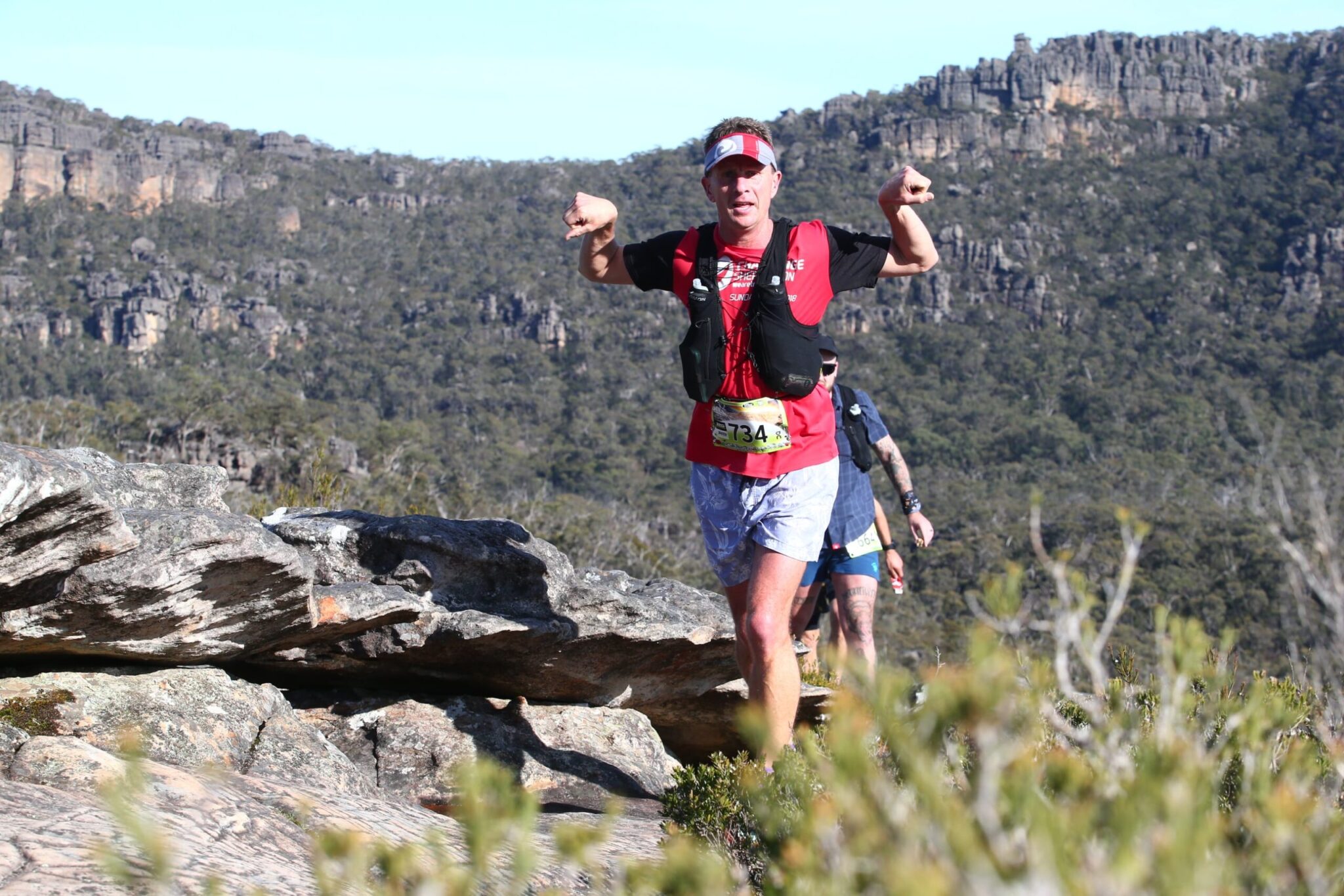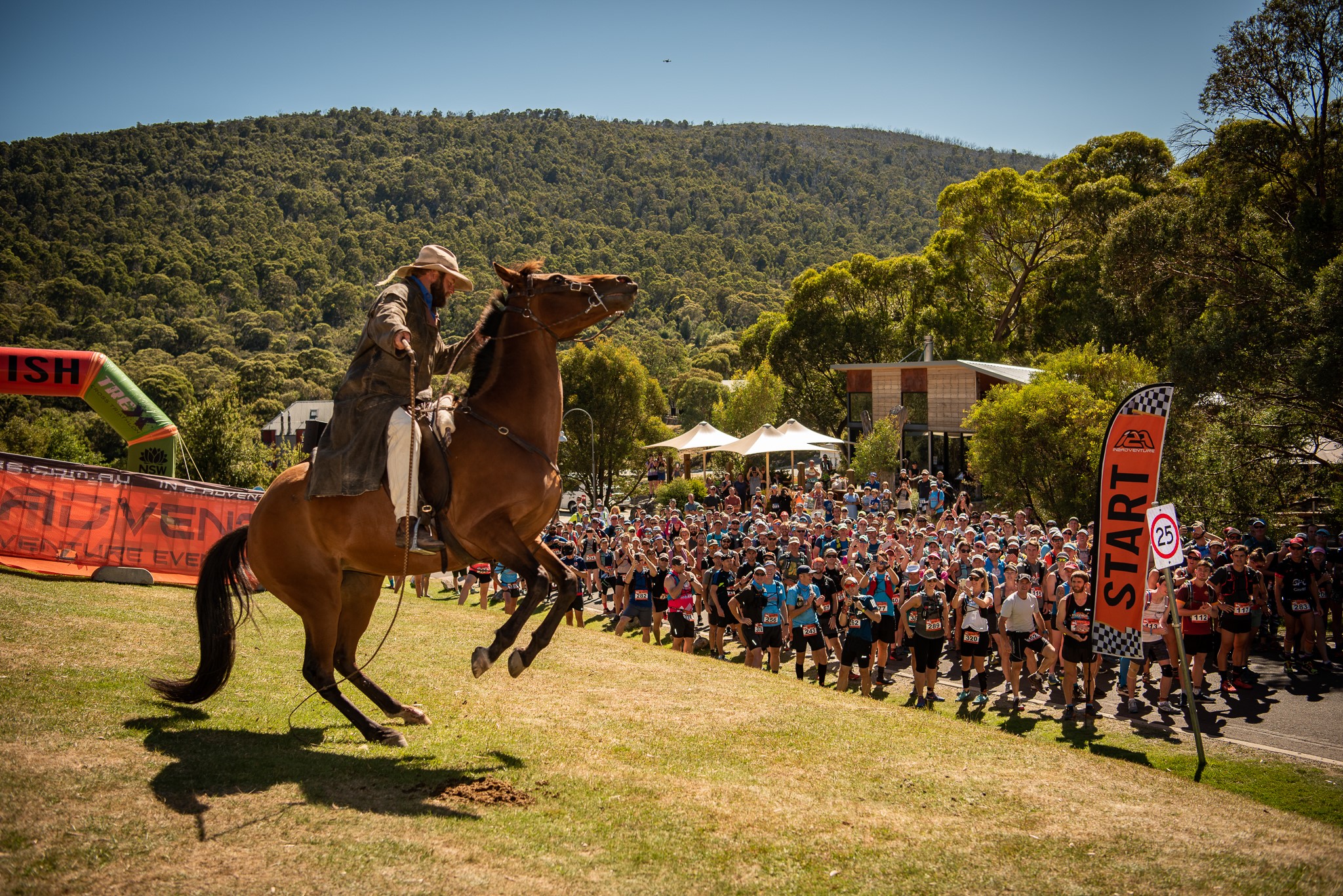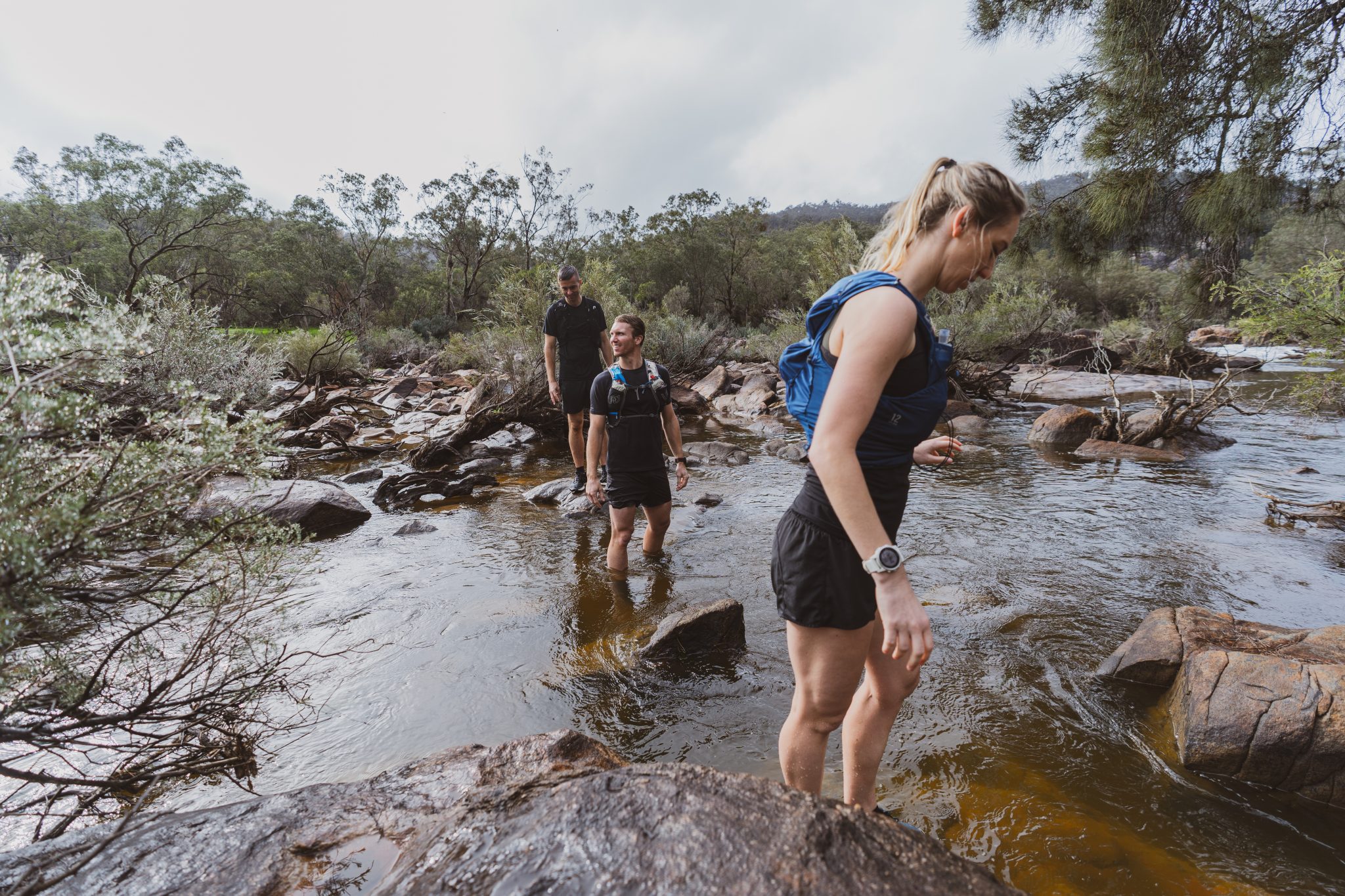Dear Diary, this year I had a miserable run at Ultra-Trail Australia. Some days you have a great race, some days you don’t. 2017’s UTA was a poor one. I guess it happens? So what went wrong and what can I learn from it?
Endurance sports are, at least at the amateur level, perhaps the most incredibly arbitrary of all sports. Dictionary.com defines arbitrary as “subject to individual will or judgment without restriction; contingent solely upon one’s discretion.” I can hardly think of a better way of describing the act of paying cold hard cash to join 1000 other people in running 100km through rugged mountains. Most of us know that the chances of winning an event like UTA are pretty slim. Let’s be excessively generous and say that Ultra-Trail Australia had 100 people who could conceivably have taken out an age or gender place. What drives the rest? What drives me? You? Naught but our individual goals, our will, our judgement.
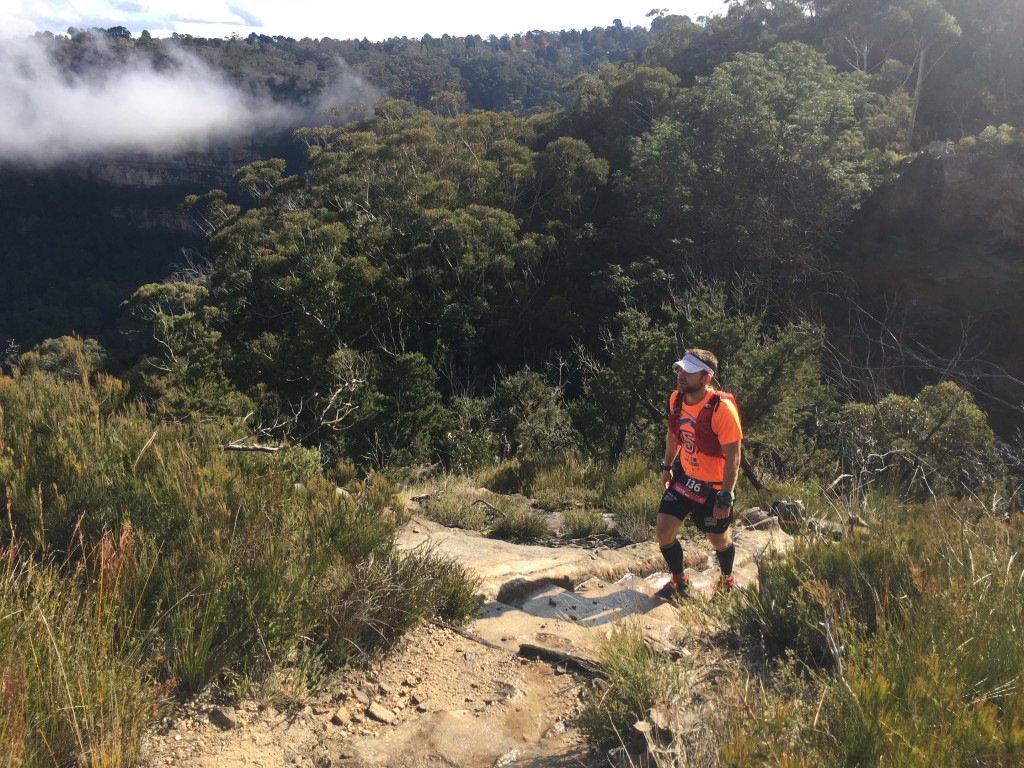
Of course, there are external motivators such as charitable causes or social pressure, but even these are somewhat meaningless unless the individual imbues them with meaning. There is no Team Spirit to drive you, little of prize money and you know well enough that the people cheering beneath the finish line gantry will likely cheer the next 50 finishers just as enthusiastically. Does this make the experience any less significant, any less valuable, any less meaningful? Of course not! But it begs the question: when the discomfort becomes intolerable, what’s to stop me seeing through the veil of importance to the frivolous mimic underneath?
Before I get any further into this, and before I let my faux-poetic licence hit and run my better judgement, please don’t get me wrong. I am not suggesting I ran a slow time, that I’m not happy with my overall position, with snagging Silver Buckle or that this is a reflection of anyone who struggled out there for longer than I did. I’m not disappointed with those achievements, but they’re arbitrary and weren’t high on my list of goals for the event. I am, rather, disappointed that I felt like crap for the whole day; disappointed that I couldn’t give it a solid crack.
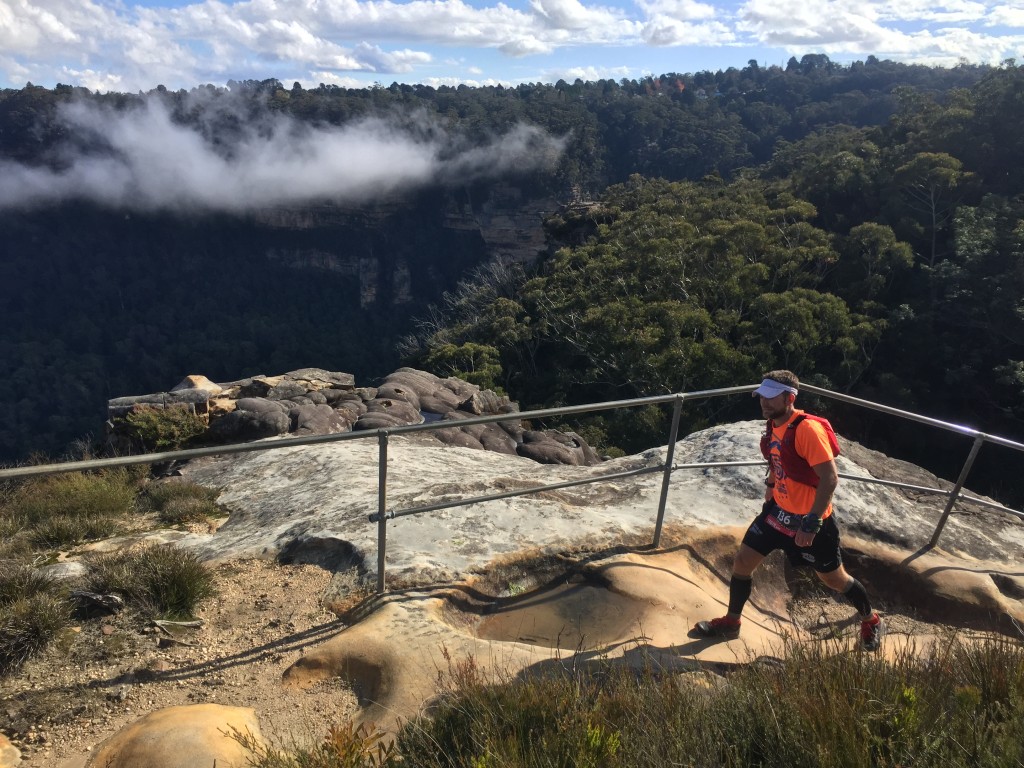
My goal was to maintain a heart rate of about 165bpm for the entire race (sustainable but otherwise high for me). My metabolic crossover is about 173bpm (Heart Rate), and I wanted to experience what it was like to work that hard for a sustained period. In a way, I guess my goal was to suffer; but to suffer by my own hands, through intense effort, rather than because I was having a shocker. I knew there was a chance I’d blow up and it was a risk I was willing to take for the sake of science. But it never came to pass, at least not in the manner I expected. In life we tell and retell our stories and in their telling come to accept them as truth; let’s see if I can’t break down UTA story into its component excuses and draw out a few lessons before it fossilises.
Excuse 1: You went out too hard.
 I went out hard from the start and felt pretty good up until we ran back past Scenic World, only about 3km in, where I began to feel a stitch. The tightness and discomfort in my diaphragm remained, in some form or another, on one side or the other, for most of the next 95km. (The one bit of respite I can recall was coming up Nellies Glen, where I was using poles). I still felt good coming down Furber steps and was working hard but not overdoing it coming along the landslide, keeping an average HR of about 167 through CP1. By the time I got to the Golden Stairs, I knew things weren’t 100%, missing even last years splits to CP1, never mind my optimistic 2017 splits. Now at this point in previous races, I wouldn’t have been too fussed. After all, my traditional race strategy for an ultra is “survive the first 40km and then bring it home strong”. However, aside from a handful of moments where I felt a bit more normal, this never actually eventuated.
I went out hard from the start and felt pretty good up until we ran back past Scenic World, only about 3km in, where I began to feel a stitch. The tightness and discomfort in my diaphragm remained, in some form or another, on one side or the other, for most of the next 95km. (The one bit of respite I can recall was coming up Nellies Glen, where I was using poles). I still felt good coming down Furber steps and was working hard but not overdoing it coming along the landslide, keeping an average HR of about 167 through CP1. By the time I got to the Golden Stairs, I knew things weren’t 100%, missing even last years splits to CP1, never mind my optimistic 2017 splits. Now at this point in previous races, I wouldn’t have been too fussed. After all, my traditional race strategy for an ultra is “survive the first 40km and then bring it home strong”. However, aside from a handful of moments where I felt a bit more normal, this never actually eventuated.
Status: Possible, but less likely.
Lesson/s: Heart Rate Monitors are your friend; don’t be too surprised when you pull something apart (e.g. a race strategy) and find you can’t put it back together.
Excuse 2: Your Frankenstein breakfast was too experimental, dumb shit.
Coffee. MCT Oil. BCAAs. Acetyl Carnitine. Rehydrated Beetroot Powder. Espresso.
Status: Confirmed
Lesson/s: Less is more when it comes to race-day nutrition; trust your training, not your supplements; last minute hacks are sure to fail; high-FODMAP high-carbohydrate foods like Beetroot are a stupid idea for someone fat adapted and who typically avoids them; Beetroot makes your piss red.
Excuse 3: Changing your running form a fortnight before an Ultra is ridiculous.
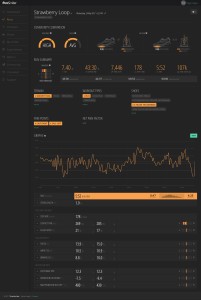 I’ve long believed I have poor running form. I’m not a complete oaf, and I tick all the basic running form boxes: reasonable cadence, mid-foot strike, no dramatic asymmetry. But I still think my form is crap. The various people I’ve asked to comment haven’t truly given me a clear, black and white assessment of my form or told me how to fix it. Credit where credit it is due, I haven’t committed a lot of money or time to the project and while I’m incredibly grateful for the time given gratis, it didn’t fix my underlying belief that I run like a slug.
I’ve long believed I have poor running form. I’m not a complete oaf, and I tick all the basic running form boxes: reasonable cadence, mid-foot strike, no dramatic asymmetry. But I still think my form is crap. The various people I’ve asked to comment haven’t truly given me a clear, black and white assessment of my form or told me how to fix it. Credit where credit it is due, I haven’t committed a lot of money or time to the project and while I’m incredibly grateful for the time given gratis, it didn’t fix my underlying belief that I run like a slug.
Two things changed about a fortnight before UTA. Firstly, I received a Runscribe Pro unit to test for Trail Run Mag. If you haven’t heard of this piece of wearable gold, get on it. I’ll be penning a full review for TRM but in the mean time head over to their website. It’s like an exercise physiology lab connected to your feet. Yes, I said feet. Two footpods allow you to track asymmetries and the whole platform provides an incredible amount of data (capture right).
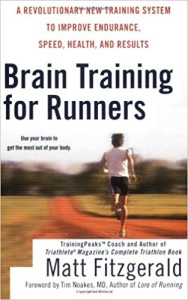 Secondly, I read a book called “Brain Training for Runners” by Matt Fitzgerald. Great book, super detailed and full of gems, but perhaps the thing that stood out the most were his list of Proprioceptive Cues. 2 or 3 pages out of well over 500 but I feel they will change my running for the better forever after. “Proprioceptive Cues are images and other sensory cues,” writes Fitzgerald, “that enable you to modify your stride for the better as you think about them while running.” The first Cue I chose to focus on was Pulling the Road. It goes like this:
Secondly, I read a book called “Brain Training for Runners” by Matt Fitzgerald. Great book, super detailed and full of gems, but perhaps the thing that stood out the most were his list of Proprioceptive Cues. 2 or 3 pages out of well over 500 but I feel they will change my running for the better forever after. “Proprioceptive Cues are images and other sensory cues,” writes Fitzgerald, “that enable you to modify your stride for the better as you think about them while running.” The first Cue I chose to focus on was Pulling the Road. It goes like this:
Imagine that your running route is like a giant nonmotorized treadmill. On a nonmotorized treadmill, you are able to run in place by pulling the treadmill belt backward with your feet. Envision yourself doing the same thing with the road as you run outdoors. You’re not actually moving forward; you’re simulating forward movement by pulling the road behind you with each foot. This proprioceptive cue will teach you to begin generating thrust earlier, stiffen your stride, and minimise ground contact time.
Sound exciting? It is! Bloody brilliant in fact and I can already feel positive changes in my form. What I failed to acknowledge, however, is that changing your running form increases the strain on areas not familiar with that particular load. Since I started to practice this Cue, I’ve been unable to revert to my previously-lazy foot strike which, while it presents few problems in training, is a pain in the arse during a 100km race. By 20kms my calves were smashed and I was struggling to run downhill at anything near a half-reasonable pace.
Status: Confirmed
Lessons: When you’re going to “fix” things, make sure you can afford to break them first. Also, see lessons from Excuse 2: Last minute hacks are sure to fail.
Excuse 4: I cramped
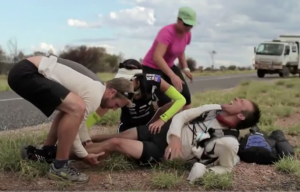 I’d prepared for this, or at least I thought I had. In the 2016 UTA, my VMO/Sartorius had cramped and I’d assumed it was from hitting the steps at various speeds and from different directions on the section between Echo Point and Queen Vic Hospital. This year I felt the onset of cramps somewhere between Dunphy’s and 6FT track (35-45km), though fortunately, they didn’t actually strike until about 85km. I had two onsets which I was able to relieve in a few minutes with SaltStick FASTCHEWS and a swig of apple cider vinegar (which I was testing for this exact purpose), but it reduced an already slow pace. It was pretty funny, trying to stretch my cramping leg only to have my Glute Med cramp. Almost as comical as trying to climb Furber steps backwards because every time I lifted my leg, it would spasm again.
I’d prepared for this, or at least I thought I had. In the 2016 UTA, my VMO/Sartorius had cramped and I’d assumed it was from hitting the steps at various speeds and from different directions on the section between Echo Point and Queen Vic Hospital. This year I felt the onset of cramps somewhere between Dunphy’s and 6FT track (35-45km), though fortunately, they didn’t actually strike until about 85km. I had two onsets which I was able to relieve in a few minutes with SaltStick FASTCHEWS and a swig of apple cider vinegar (which I was testing for this exact purpose), but it reduced an already slow pace. It was pretty funny, trying to stretch my cramping leg only to have my Glute Med cramp. Almost as comical as trying to climb Furber steps backwards because every time I lifted my leg, it would spasm again.
Why did I cramp? I don’t know. I’m going to put it down to weak VMO and Glute Med and tight adductors. I rarely, if ever, cramp yet this is the third year I’ve cramped at this race.
Status: Confirmed. Kind of…
Lessons: Train more lateral movement. Strengthen and increase mobility in VMO and Glute Med. Don’t drink the Katoomba water; it’s tainted. UTA has a cramp curse.
Excuse 5: My “head” bonked.
 I firmly believe that my poor run was the result of physical issues, rather than psychological ones. I had a stitch; I felt sluggish and weak; my calves hurt. Could it be that I undermined myself? That I didn’t trust in the training? Was the fact that, in that state, I didn’t think that I could reel it back in a result of mental weakness and not physical incapacitation? Was it psychosomatic? Did I give up on myself way too quickly? By the time I got to Dunphy’s, I was ready to withdraw.
I firmly believe that my poor run was the result of physical issues, rather than psychological ones. I had a stitch; I felt sluggish and weak; my calves hurt. Could it be that I undermined myself? That I didn’t trust in the training? Was the fact that, in that state, I didn’t think that I could reel it back in a result of mental weakness and not physical incapacitation? Was it psychosomatic? Did I give up on myself way too quickly? By the time I got to Dunphy’s, I was ready to withdraw.
That’s not a thought I often have but I felt so crap that it felt like a pretty good option. But I quickly realised that my goal for the event was to suffer and to see how I responded. I gritted my teeth and pushed through the rest of the race, frustrated as hell but without any trace of DNF in mind.
Did my head bonk? Yeah, it’s possible. But if that’s the case then the damage was done long before the race started and I drank a ridiculous cocktail for breakfast. I shot myself in the foot when I set insane splits and tried to convince myself that I didn’t care about my time. When I first finished the race I thought maybe I’d had a bit of breakdown; that the stress of training for, and the nervousness of competing in, Tor des Geants later this year had gotten to me. But the more I think about it, the less I believe this to be the case.
Status: Pending Review.
Lessons: Self-doubt is self-perpetuating. It’s better to take the blue pill when it comes to arbitrary motivation than it is to take the red pill and come face to face with the agents of a capricious Matrix. Success comes in many forms.


